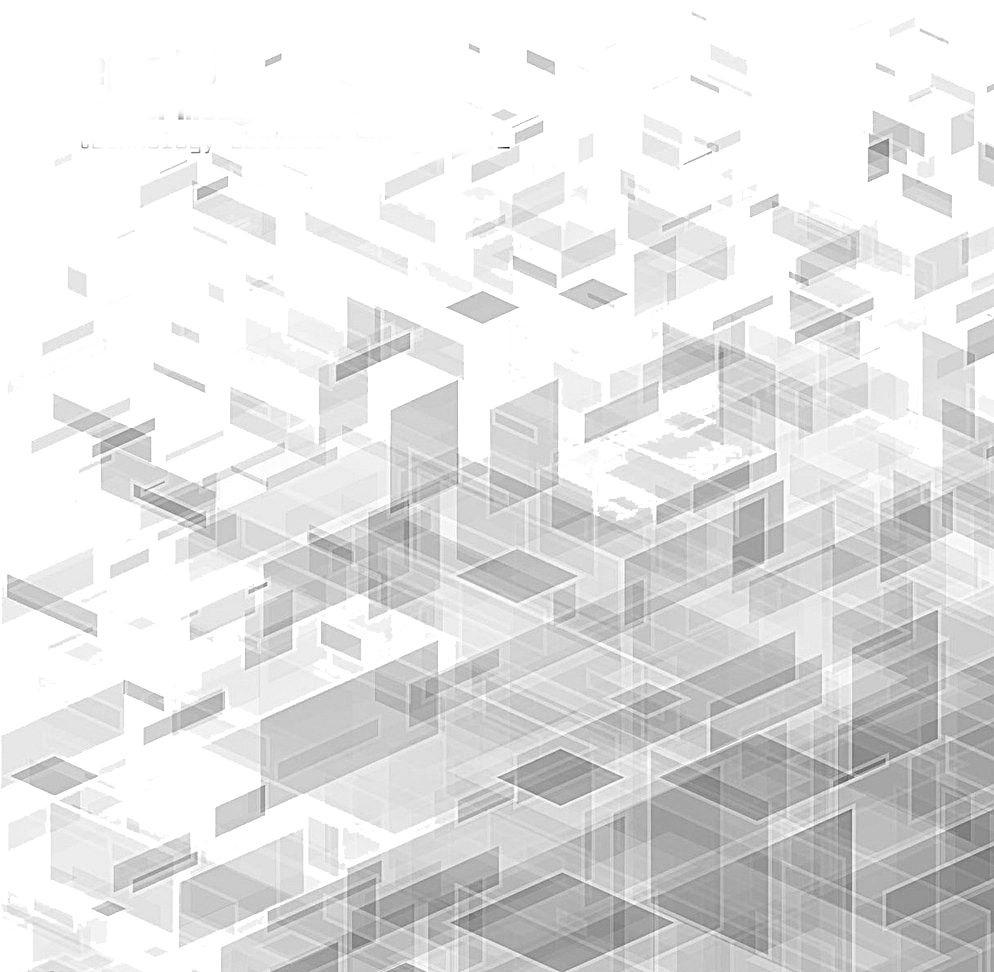
5 minute read
THEN VS NOW: DATA STORAGE
Data can be stored using various methods to carry out an infinite number of tasks. Data manipulation occurs when you keep paper in a filing cabinet, copy files to a disc, or enter data on a hard drive The ability to create, distribute, and destroy data is also constantly evolving in the digital world we live in today.
Have you ever wondered how we moved from storing files in the cabinet to storing files on a cloud server? The data storage journey is fantastic and unique, from a roomsize storage unit for a few kilobytes (kB) of data to a handheld hard disk for a terabyte of data.
Advertisement
It started in 1928 when Fritz Pflueger created the magnetic tape technique for data storage. Magnetic wire recording serves as the foundation for Pflueger’s invention. A magnetic coating that can record audio and video makes up the tape.
After this, a ray of advancement kept falling in the data storage industry. The field of data storage has always been brain-boggling. If we look at the table, it is evident that every time, a new and peculiar invention has been made in this industry, revolutionizing people's thinking and perspective of data With every advancement, the capacity of these technologies has increased in the amount of which they store data, process it, analyze it, and draw inferences from it. If we look at the early 80s or 90s, the race was only about how much more data we could store in a single device, but now the whole game is changing. It is not only about the storage of data but also about analyzing it and drawing inferences from it.
Let’s take an example from earlier when we used to listen to songs either on our phone’s memory or through CDs or DVDs but now, with the advent of apps like Amazon Music, Spotify, etc., we not only listen to songs that we have saved in the app but also to the ones these apps suggest us which is an excellent example of how data storage has changed over time. Earlier, we needed to buy SD cards or CDs or, if we go way back in time, audio cassettes, but now it’s just an app of a few MB which consists of terabytes of data disposable for us.


Because there is less air resistance when these drives utilize helium instead of air, it requires less power to spin the discs. The technology is still costly However, probably, these high-performance drives will only become more accessible and affordable possibly even inexpensive enough for consumer usage.
Up until now, we have seen a comparison of Then v/s Now of data storage. Since there are so many advancements in this industry today, the definition of data storage has changed phenomenally. Is there any room for future growth? Well, you will be surprised to know that this field will still evolve to another different level instead of humungous advancement and changes. Here are 6 data storage technologies showing us a glimpse of this field in the future.

Helium Drives
Hard drives filled with helium instead of air are undoubtedly pushing the limits of their storage capacity. Such data storage technology is produced by several firms, including Western Digital, which recently unveiled the first 10TB hard disc. Additionally, Seagate unveiled an 8TB air-filled hard disc
Shingled Magnetic Recording (SMR)

The tracks are compressed closer together with SMR technology. Higher areal densities are, as a result, attained, and the paths overlap like shingles on a roof. More data may be written in the same place because of this Now, it cuts the drive tracks, or in other words, shingles, when new data is written. Data can be easily read in a trimmed way without affecting data integrity or reliability. Additionally, SMR can make use of the conventional reader and writer components.
D.N.A
Is it challenging to imagine biological molecules being used in data storage technologies? DNA is the new storage technology of the future, even though it sounds the oddest.
Various other types of digital data might be stored in the same molecules that hold biological information. In 2012, Harvard researchers discovered a way to encode DNA using digital data, including JavaScript software, eleven JPEG photos, and a 53,400-word HTML book.
Regarding storage density, DNA has an astounding 2.2 petabytes per gram. This implies that the whole world's data might fit on a DNA hard drive the size of a teaspoon! In addition to taking up less room, DNA is perfect for long-term preservation.
DNA requires a long time to read or write, and the technology is currently too costly to be widely used. According to New Scientist, the cost to encode 83 kilobytes in recent research was £1000 (about USD 1,500). Scientists encode information into synthetic DNA and add it to bacteria, which sounds like a sci-fi tale Not to add that DNA may one day serve as the ultimate perpetual drive.
Large Memory Servers NVRAM
The first to introduce non-volatile random-access memory was Intel (NVRAM)
These memories are magical because they can maintain data across several power cycles without batteries. NVRAM is substantially quicker than SSDs or discs since it is connected to the server's memory bus. NVRAM may however, be accessed as either memory bytes or 4K storage blocks, which is rare in SSDs. You benefit from optimal compatibility and performance as a consequence.
Rack Scale Design

Rack scale design (RSD), another revolutionary idea in data storage technology that Intel has been advocating for years, has already been introduced to the market and is expected to make more advancements RSD is the solution if you're seeking explanations for the divergent rates of technological advancement in storage, CPU, GPUs, and networks.
Additionally, the RSD idea is straightforward. It may be seen as a single rack containing a highbandwidth, low-latency connection, together with CPU, storage, memory, and GPUs. Any mix of computers, memory and storage needed by a specific application may be customized using software and virtual servers RSD may be viewed as a highly configurable private cloud as a result.
5D Optical Storage
5D optical storage, using lasers to engrave terabytes of data onto small glass discs, might revolutionize data storage, be freezing storage, or even be biomolecular! Academics are developing this kind of digital data storage at the University of Southampton in the UK. Interestingly, this kind of data storage may endure for billions of years. In addition, they have developed a femtosecond laser-based recording and retrieval mechanism.
They want to replace magnetic tape. Therefore, they chose quartz glass because of its extraordinary durability and suitability for data centers (it can withstand calamities like solar flares or fires). Additionally, this storage option may store five-dimensional data in layers comprising the conventional three dimensions. Recording the imprinted structures’ size and orientation achieves five degrees of freedom for data storage

Consequently, 5D Optical storage has thermal stability of up to 1800 degrees Fahrenheit and can store hundreds of gigabytes per disc. Microsoft has taken notice of the study because it can use the glass's 5D optical storage.
Conclusion

This era of technology is data-centric. Today, nearly 4.5 billion computers are in use, the majority of which are portable The development of IoT is also something that will happen in the future. Furthermore, data will be the top priority for governance and technology for financial and legal reasons.
The latest data storage technologies should always be kept in mind because any company's data is its key competitive advantage. New analytical techniques can enhance the value that correctly kept data can provide. Fortunately, data storage is more affordable than ever and will stay that way







